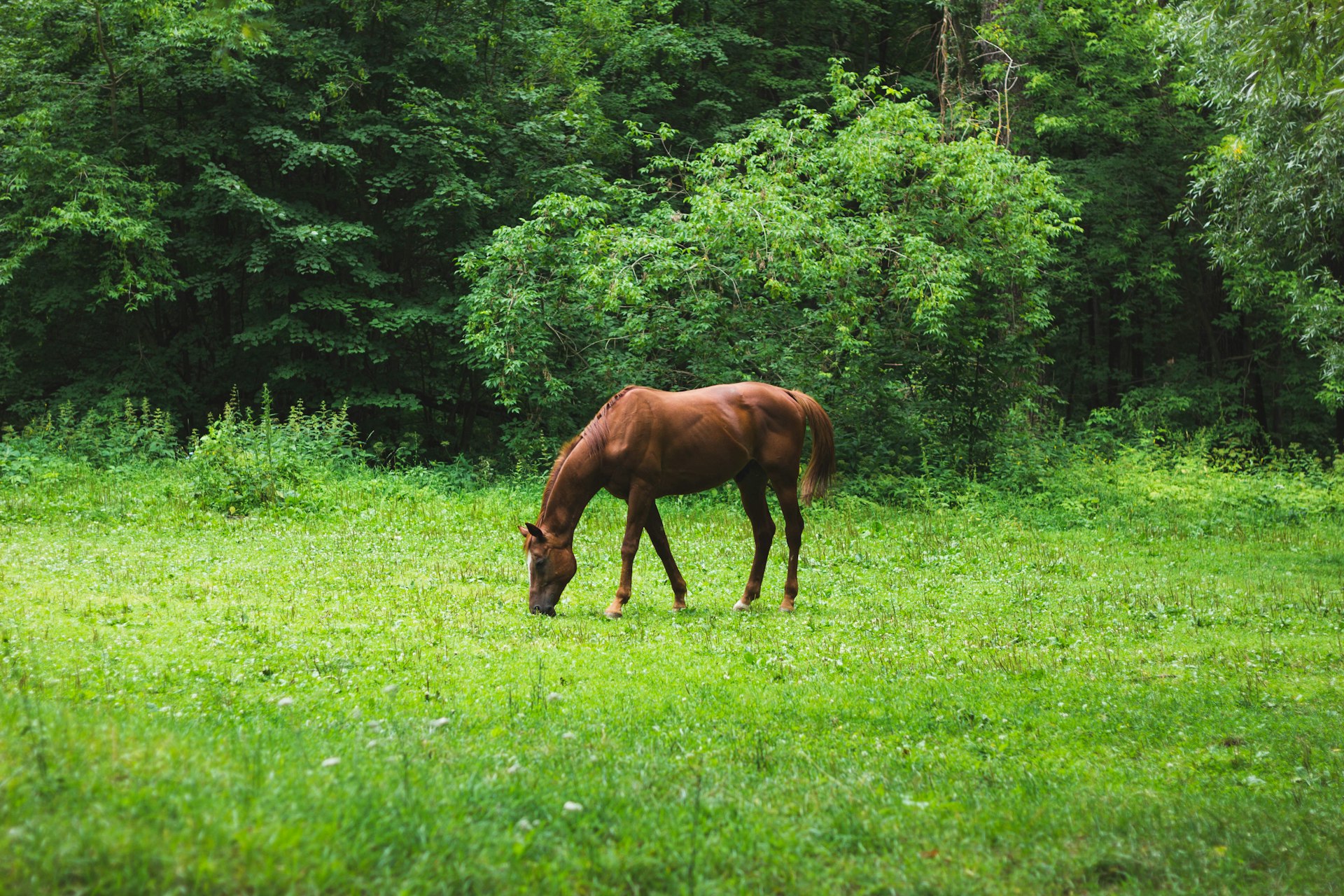Horses, those majestic creatures with their flowing manes and powerful strides, have fascinated humanity for centuries. From their roles in ancient battles to their presence in modern equestrian sports, horses are more than just beautiful animals—they're complex, intelligent beings with a variety of unique traits. Ready to learn some fun and surprising facts about these incredible animals? Buckle up as we dive into the world of horses!
Fact #1: Horses Have Unique Nose Prints
What Are Nose Prints?
Just like human fingerprints, horses have unique nose prints. Each horse's nose has a distinct pattern of ridges and grooves, making their nose prints one-of-a-kind. This uniqueness can be used for identification purposes, much like how we use fingerprints for humans.
How They Are Used
Nose prints are often used by veterinarians and horse owners to identify horses, especially when they have similar physical appearances. It's a reliable method for ensuring that the right horse gets the right care or is matched with the correct pedigree.
Fact #2: Horses Can Sleep Both Standing Up and Lying Down
Why Can They Sleep Standing Up?
Horses are able to sleep standing up due to a unique system of tendons and ligaments called the “stay apparatus.” This system locks their legs in place, allowing them to relax their muscles without falling over. This ability is a survival mechanism that helps them stay alert to potential predators.
The Benefits of Lying Down
While horses can snooze while standing, they need to lie down to achieve deep, restorative sleep. Typically, horses will lie down for REM sleep, which is crucial for their overall health and well-being. They usually only need a few hours of lying down each day.
Fact #3: Horses Have Almost 360-Degree Vision
The Mechanics of Their Vision
Horses' eyes are positioned on the sides of their heads, giving them an almost panoramic view of their surroundings. This wide field of vision helps them detect predators from afar. They can see nearly 360 degrees around them, with a small blind spot right in front of their nose and directly behind them.
How This Helps in the Wild
In the wild, this wide field of vision is essential for spotting danger. It allows horses to remain vigilant and protect themselves from predators. Even domesticated horses retain this keen sense of awareness, making them highly alert and responsive to their environment.
Fact #4: Horses Can Communicate with Their Ears
Different Ear Positions
Horses use their ears to communicate their feelings and intentions. For instance, forward-facing ears often indicate curiosity or interest, while pinned-back ears can signal irritation or aggression. By observing a horse’s ear positions, you can gain insight into their mood and intentions.
How This Affects Their Interaction
Understanding ear signals can help handlers and riders interact more effectively with horses. It can guide them in responding to the horse's needs and emotions, fostering better communication and reducing misunderstandings.

Fact #5: Horses Can Recognize Human Emotions
How They Perceive Emotions
Research has shown that horses can recognize human emotions by reading facial expressions and body language. They can distinguish between happy, sad, and angry faces and often react accordingly. This ability is a testament to their emotional intelligence and their bond with humans.
The Science Behind It
Studies involving horses and human emotions reveal that horses have a remarkable capacity to empathize with humans. They can pick up on subtle cues in our expressions and body language, which helps them respond to our emotional states and strengthen our connection with them.
Fact #6: Horses Have a Unique Way of Galloping
The Science of the Gallop
When horses gallop, they use a specific gait that is both powerful and efficient. This gait involves a sequence of movements where each hoof hits the ground in a precise rhythm, allowing them to reach incredible speeds while maintaining balance. The gallop is a natural way for horses to cover ground quickly.
How Galloping Affects Their Bodies
Galloping requires a lot of energy and puts a significant strain on a horse’s body. The coordinated movements help them maintain speed and agility, but it also means that horses need proper care and conditioning to prevent injuries.
Fact #7: Horses Can Live into Their 30s
The Average Lifespan
While the average lifespan of a horse is between 25 to 30 years, some horses can live even longer with proper care. Factors such as diet, exercise, and regular veterinary check-ups play a crucial role in extending a horse's life.
Factors Influencing Longevity
A horse's lifespan can be influenced by genetics, lifestyle, and overall health. Horses that receive excellent care, have a balanced diet, and are kept in a safe environment are more likely to live a long and healthy life.
Fact #8: Horses Have Different Gaits
Understanding the Gaits
Horses move in several different gaits, including the walk, trot, canter, and gallop. Each gait has a distinct rhythm and pattern, which affects how a horse moves and how comfortable the ride is. Different gaits are used for various purposes, from leisurely rides to competitive events.
Why Different Gaits Matter
Understanding the different gaits can help riders choose the best pace for their activities. It also aids in training horses to perform specific tasks and enhances their overall performance in various equestrian disciplines.